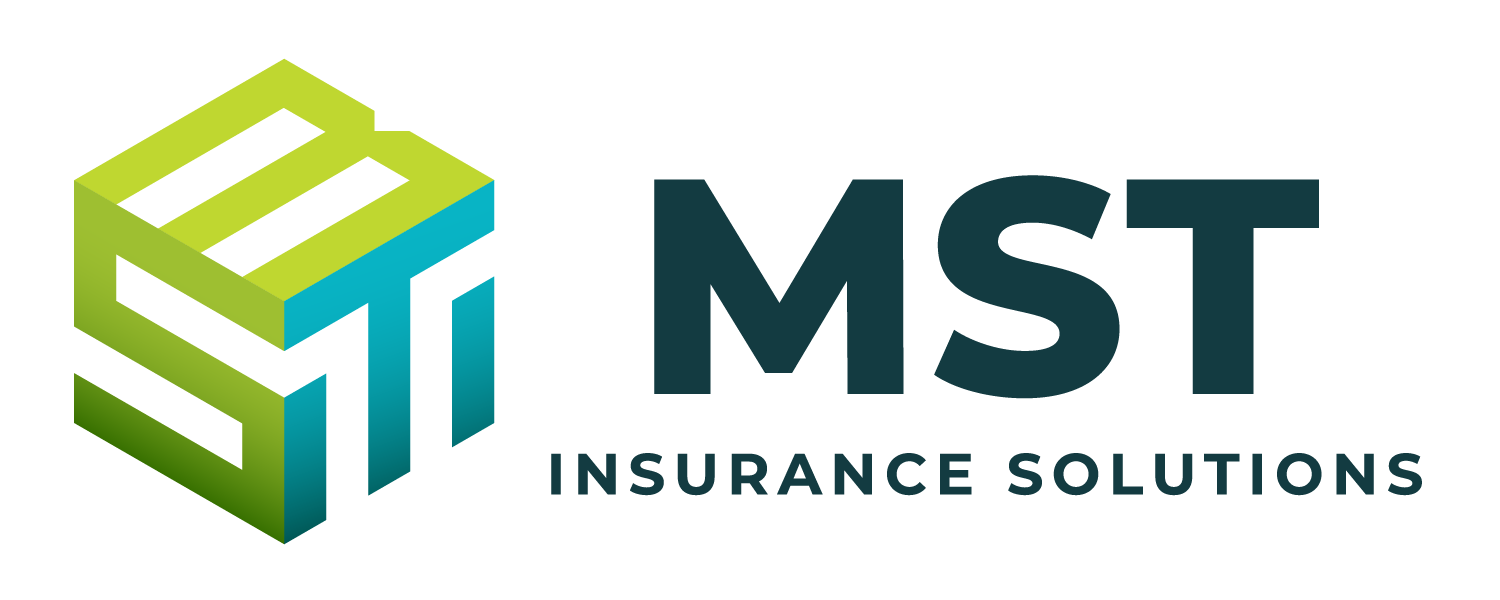The Delta variant has quickly become the dominant strain of the coronavirus in the United States. Delta—which can cause a more severe form of COVID-19—spreads more efficiently than the original coronavirus strain that sparked the pandemic in 2020. Faster transmission means greater concerns for employers, especially those with unvaccinated workers.
Understand the Risks
The Delta variant causes a more debilitating form of COVID-19. That’s because individuals infected with Delta house a thousand times more virus than someone infected with the original strain of coronavirus. More virus means more severe disease and more efficient transmission.
According to health experts, Delta transmission rates are especially concerning; some reports show it is potentially as contagious as chickenpox. That means a greater amount of the virus can be spread to more people faster than at the pandemic’s onset. This is due in part to Delta being transmissible even among the fully vaccinated, in some cases.
Vaccines still significantly reduce the chance of hospitalization or serious complications from a coronavirus infection, Delta or otherwise. However, a small number of vaccinated individuals may be infected by and transmit Delta to others, even if they are asymptomatic.
This presents a considerable concern for employers. Some may have been relying on employees’ vaccinations to help insulate and reduce the infections of unvaccinated workers. With Delta, that may not be a viable approach.
Among fully vaccinated workforces, Delta can still cause health issues—albeit at a subdued level of severity compared to its effects on the unvaccinated. Still, any chance of infection should be enough to spur action among employers seeking to protect their employees from coronavirus infections.
Stay Informed
Information from official sources continues to adapt alongside the pandemic.
The latest Centers for Disease Control and Prevention (CDC) guidance is that mask-wearing is strongly encouraged in areas with a “high level” of community transmission. Currently, that applies to nearly 70% of the country.
Employers should tailor their workplaces’ responses to the Delta variant based on their unique circumstances—meaning it’s key to monitor any changes in both federal and local guidance. In other words, some workplaces are at greater risk of developing COVID-19 or similar illnesses and should respond accordingly.
Employers can track community transmission rates using this interactive CDC map to help inform their response.
Encourage Vaccination
Vaccination is the most effective way to combat the coronavirus and its emerging strains, such as Delta. In fact, nearly all COVID19 deaths since May 2021 have been among the unvaccinated. Even if an organization is hesitant to require vaccinations, it should still consider encouraging them for the sake of employee safety.
Employers should understand the incredible disparity in deaths between unvaccinated and vaccinated workers, and they should communicate it to their employees. The message is clear: COVID-19 vaccines can save employees’ lives.
Employers will need to determine the best way to encourage vaccination, as each workplace is different. For some, it may mean providing time off or a modest incentive (e.g., gift card) for getting vaccinated. For others, it may mean providing real-world stories and explaining the short-term benefits of receiving a vaccine.
Reach out to MST Insurance Solutions, Inc. for employee communications to help spread the word about the importance of vaccinations.
Continue Preventive Measures
Since Delta can still be spread by and potentially infect the fully vaccinated, employers should maintain preventive measures. During the height of the COVID-19 pandemic, workplaces incorporated several tactics to reduce the spread of the disease. Experts believe the same strategies work equally well against Delta:
• Mask-wearing
• Social distancing
• Antibody testing
• Routine surface cleaning
• Capacity limitations
• Staggered shifts
Employers are encouraged to continue these practices or readopt them if they’ve ceased.
Modify the Workplace
Workplace modifications may be needed in addition to measures aimed at preventing the spread of Delta. Such changes may already be in place, including:
• Moving workstations apart for social distancing
• Improving ventilation
• Adding additional air filters
• Limiting seats in meeting rooms to enforce capacity limits (i.e., if room capacity is 10, provide 10 chairs and no more.)
• Installing transparent partitions between workers and customers
Employers should consider these and other modifications that may be unique to their given industries.
Accommodate Workers
With the number of Delta infections rising, workplaces may need to make accommodations for workers, which may include:
• Providing more time off
• Offering flexible scheduling
• Allowing telework, as applicable
These adjustments aren’t new for many employers, but certain practices may have tapered off as workplaces returned to in-person operations. Employers may find it beneficial to readopt some of these options.
Communicate Transparently
Communication is a bedrock component to any successful workplace strategy; employees must be kept in the loop for plans to
succeed. With that in mind, employers should ensure they are communicating effectively at all stages when combatting the
spread of Delta. They may consider:
• Informing employees of any positive COVID-19 infections in the workplace and announcing potential contact with such
individuals while complying with applicable privacy laws
• Communicating any new workplace protocols, such as mask-wearing or shift staggering
• Providing resources to help employees stay safe while at work
• Offering to accommodate workers who fear infection due to their health status or other reasons
Additionally, employers should seek feedback from employees about strategies that would help them feel safer at work. This may include sending out a survey or speaking individually with employees.
Be Ready to Adapt
Delta is the latest, most serious coronavirus variant; however, it will not be the last. With global vaccination rates still low, more variants are expected to emerge in the coming months or perhaps years. Experts suggest that COVID-19 may be treated like the flu for years to come—with individuals getting a yearly booster for protection.
With this in mind, it’s important for employers to continue monitoring the latest health guidance and prepare to adapt when necessary. For instance, experts now say that temperature checks aren’t sufficient for preventing the spread of COVID-19. Therefore, there is little reason to continue that practice when resources could be better spent elsewhere.
This is just one example of how a business may reassess its situation and adapt its COVID-19 prevention strategy.
Conclusion
Protecting employees from Delta will take a concerted effort from employers. It may require adapting to or creating new policies as informed by the latest official recommendations. Ultimately, each workplace’s approach will vary, so employers should consider the metrics upon which they will measure their success.
For more guidance on each topic discussed in this article, including multichannel employee communications, reach out to MST
Insurance Solutions, Inc. today.
For a copy of this notice, click here: Protecting Employees From Coronavirus Delta Variant

